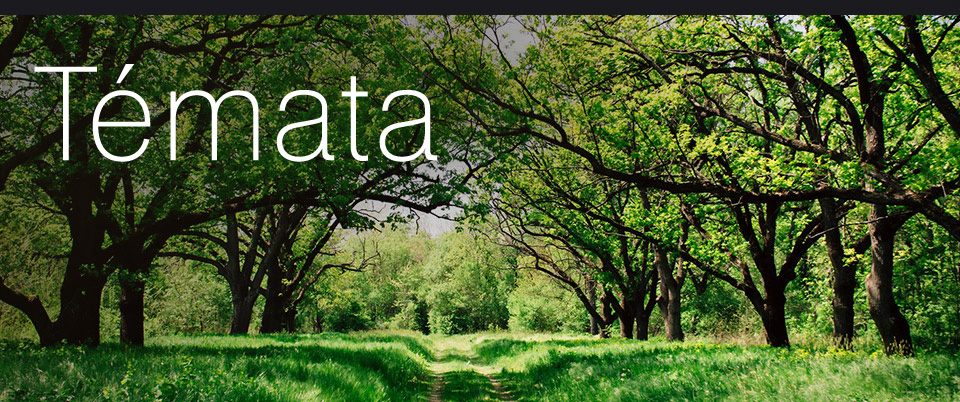Briefly about New Odyssey project
Since 1995, we have mapped Black Storks´ traces from Europe to Africa by means of satellites. This project was called African Odyssey and brought us many surprising experiences and information. We informed our listeners and Internet users of "backpacked" storks and of the way of people's living along their trace and winterizing places. In 2002, we started New Odyssey project. Which way and where do the storks fly from Siberia? How dangerous is such trace for them? Our project should answer all of these questions and more.
An expedition to Siberia
An expedition to Siberia (500 kilometers from Krasnoyarsk) will take place in July 3 to 24. Its goal is to mark three Black Storks using satellite and terrestrial transmitters. Our Russian colleagues have already proved their existence there. The expedition consists of five members of the Czech team and at least the same number of Russian zoologists and guides.
To mark the storks is the primary but not the only goal. We want to bring information of the life in geographically and culturally distant areas - in this case from central Siberia - the same way we did during the African Odyssey. Czech Radio's internet pages will bring texts, pictures and online audio reports while Czech Radio 2 - Prague and Czech Radio 1 - Radiojournal will bring direct live entries several times a week. The overall expedition's progress will be also discussed in Czech Television's program Dobre Rano.
About the Black Stork
In contrast with much more known White Stork, the Black Stork has a black head, neck and all the upper part of the body. Its bill and trotters are red. It flies and glides the same way as the White Stork does, but holds its neck rather lower than its back so it looks like it's "crookbacked" during flight. It clatters with its bill very rarely; the clattering is short and much weaker than of the White Stork. And adult Black Stork weighs about three kilograms. It lives in a very hidden way mainly in wooded areas. It has been also adapting to intensively utilized agricultural lands recently. It builds its nest mostly on the trees, rarely at the rock spurs. Both parents shift each other when warming 3 to 5 white and slightly greenish eggs for 30 to 34 days. The hatches have a lemon-yellow bill, rosy trotters and a white featherlike "robe" which is substituted by a black-and-brown feather later on (but still in the nest). They rely on parent's care for more than 2 months. The parents fetch them a fleshy food: fish, invertebrate water animals, frogs, reptiles and small mammals.
Technology
Each stork will be marked with two transmitters - satellite and terrestrial ones. The whole configuration weighs no more than 60g. NOAA satellites receive the satellite transmitter's signals. In the terrestrial center they preprocess and calculate received data resulting in particular transmitter's coordinates. The terrestrial transmitters reach for a few miles and enable us to watch the stork in terrain.
The expedition in Siberia will use quite a lot of modern technologies - GPS, satellite phone Inmarsat and Iridium - by means of these we will be able to make live entries into the radio program and to transmit gained data over the internet.
Organizers:
- Czech Radio
- Zoo Park Chomutov
Special guarantee:
- Academy of Sciences of the Czech Republic
General media partner:
- National Geographic for the Czech Republic
Media partner:
- ABC Magazine
Partners:
- EARAZA
- Zoo Moscow
- Czech Union for Nature Conservation
- Foundation for preserving the Europe's fauna
Realization:
- Miroslav Bobek*
- Přemysl Rabas*
- Magdaléna Pilná
- František Pojer*
- Andrej Bajkalov*
- Lubomír Peške*
- Khalil Baalbaki*
- Ivo Hulínský
- Štěpán Kotrba
- Jaroslav Šimek
- Jan Petrů

